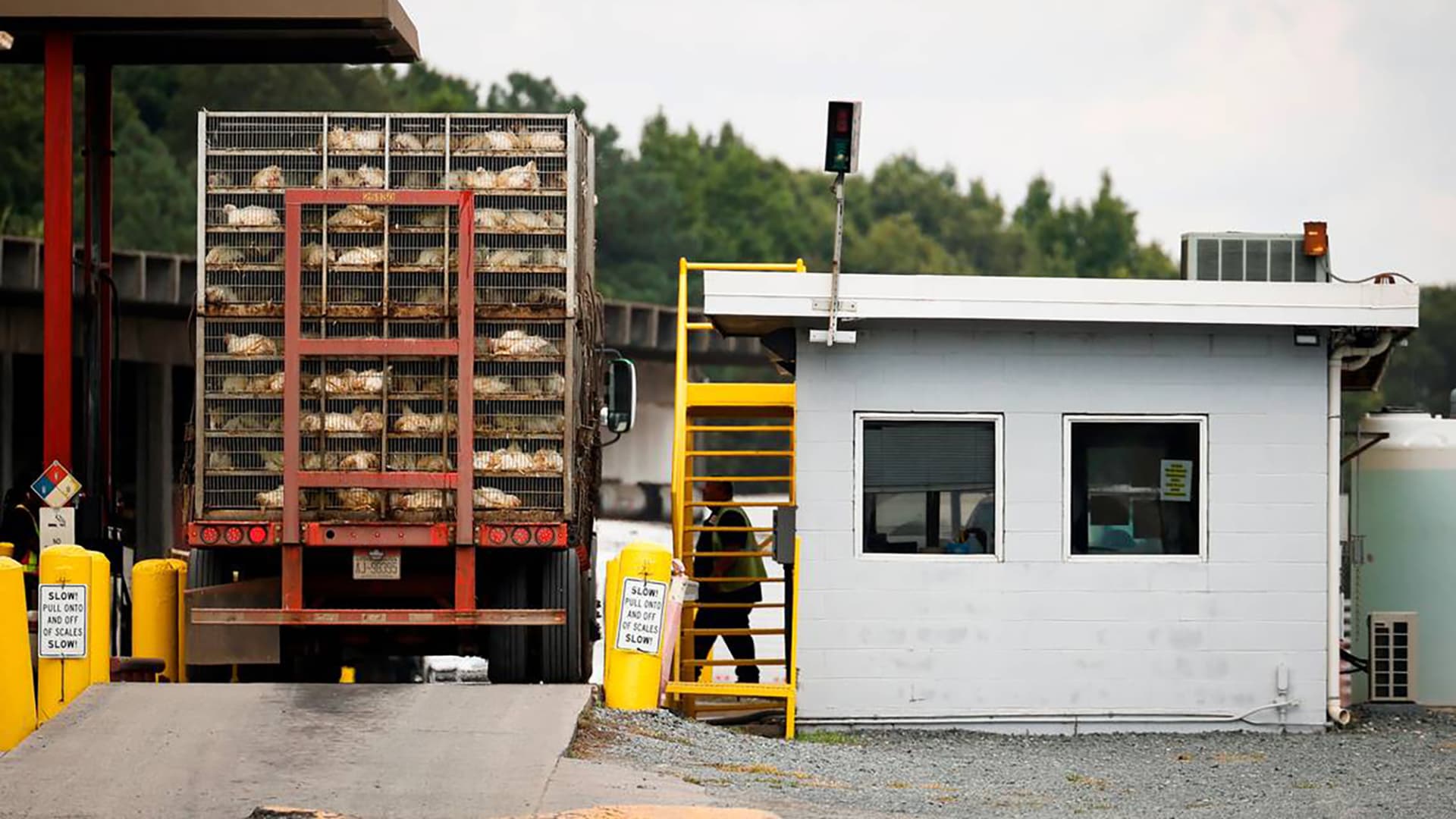US Markets
Tuesday, October 3rd, 2023 2:08 pm EDT
Key Points
- Macy’s plans to open up to 30 smaller stores in strip malls over the next two years as part of its strategy to adapt to changing consumer preferences and declining mall traffic. These smaller stores, which are roughly one-fifth the size of its traditional mall stores, offer a more modern and open shopping experience, host local events, and have a curated mix of merchandise. Macy’s sees these smaller stores as a way to attract customers from dying malls to bustling suburban areas.
- Macy’s small-format stores have performed better than the rest of the company, with strong results and high customer satisfaction ratings. These stores, which have been tested for nearly four years, have posted comparable sales growth on an owned-plus-licensed basis. Macy’s intends to phase out the Market by Macy’s name for its smaller stores and expand the number of Macy’s-branded small-format locations. The company believes that these smaller stores complement its existing retail portfolio and do not cannibalize sales from its traditional stores.
Macy’s has announced plans to open up to 30 smaller stores in strip malls over the next two years as part of its strategy to adapt to changing consumer preferences and declining mall traffic. These new stores will begin opening next year, although specific locations have not been disclosed yet.
The move represents a significant shift for Macy’s as it seeks to revitalize its brand and attract customers away from traditional malls to bustling suburban areas. The expansion is driven by the challenges the company has faced, particularly in the last six months, due to economic uncertainty affecting middle-income Americans, who are Macy’s primary customer base.
The smaller stores, which are approximately one-fifth the size of Macy’s traditional mall locations, have been in testing for nearly four years. They offer a more modern and open shopping experience with a curated mix of merchandise that is frequently updated. These stores also host local events and are strategically located near big-box retailers, grocery stores, and popular off-price stores like T.J. Maxx.
Macy’s Chief Stores Officer, Marc Mastronardi, emphasized the convenience of these smaller stores in high-traffic areas as a key factor in their success. According to the company’s own shopper surveys, these off-mall stores receive positive feedback for being easy to shop in, well-maintained, and staffed by friendly employees.
In terms of sales performance, these smaller stores have outperformed the rest of Macy’s, and those open for more than one fiscal year have shown comparable sales growth. In contrast, the company has seen declines in comparable sales across the rest of its portfolio, including its flagship Macy’s stores, Bloomingdale’s, and Bluemercury.
Macy’s stock has faced challenges in recent years, largely due to its association with struggling shopping malls. Despite a strong overall market, the company’s stock has declined by about 44% this year.
To address these challenges, Macy’s has focused on several growth drivers, including expanding off-mall locations. The company has also launched new private brands, introduced a third-party marketplace online, emphasized luxury brands, and increased personalized customer communication.
Macy’s CEO, Jeff Gennette, will retire early next year and will be succeeded by Tony Spring, CEO of Bloomingdale’s. The company is under pressure to attract younger consumers and differentiate itself from competitors, including specialty retailers like Ulta Beauty and Sephora, as well as off-price and fast-fashion retailers.
Despite these challenges, Macy’s sees the smaller off-mall stores as a way to engage customers in a more convenient and efficient manner. These stores have been successful in categories such as toys, beauty products, and career apparel. Macy’s plans to open these smaller stores in various market types, including areas with existing Macy’s stores, regions without Macy’s presence, and locations replacing underperforming mall stores. The company believes these smaller stores complement its existing retail portfolio rather than cannibalize sales from its traditional stores.
For full original article on CNBC, please click here: https://www.cnbc.com/2023/10/03/macys-to-open-up-to-30-new-stores-in-strip-malls.html




